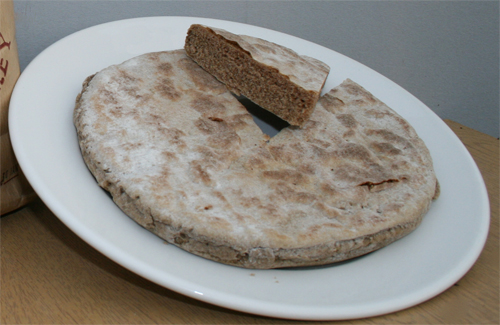Facts About Bannock
Bannock is a type of flat, quick bread made from grains, typically cut into sections before serving. The name originates from Northern English and Scots dialects, with historical roots in Ireland, Scotland, and Northern England. Traditionally, bannocks were dense, flat cakes made from unleavened barley or oatmeal dough, cooked on a griddle or stone. Nowadays, people often use leavening agents to make them lighter.
There are many types of bannocks, each varying by ingredients, leavening methods, special additions, baking techniques, and cultural traditions. One well-known variety is the Selkirk bannock from Scotland, which is buttery and rich with raisins. In Indigenous North American cuisine, bannock is also widely enjoyed across various tribes and regions.
The origins of bannock in North America are a topic of debate. Some believe Indigenous people created it using local resources, while others think it was introduced by Scottish settlers. Making bannock typically involves mixing flour, leavening agents, fat, and liquid, then cooking it by frying, baking, or roasting. In Indigenous communities, bannock carries political significance, symbolizing resilience in the face of colonial disruptions to traditional food sources.
Historically, Native Americans made bannock using ingredients like corn, nuts, roots, and plant bulbs. However, colonization brought government rations such as flour and lard, which altered Indigenous diets and affected health. Today, many Indigenous communities are returning to traditional foods and rejecting processed items like bannock as a form of cultural revitalization and resistance against colonization.

 United States
United States